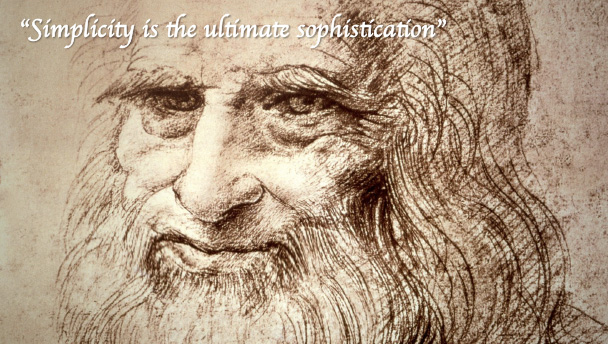What’s the biggest barrier to business innovation in today’s world?
It’s not lack of opportunity
Big changes in the world mean big opportunities for the companies that can take advantage of them.
- Consumer expectations are rising. 72% of us expect a reply from a tweeted complaint in less than an hour — which is hard when only half of companies are even monitoring twitter. Your customers are among the 1.3 billion people that are using social networks, sharing candid thoughts about your organization and your products with your potential prospects. Any company that can provide a seamless, engaging customer experience will reap competitive rewards.
- Today’s employees are more demanding. Worldwide, only 13% of employees say that they are engaged at work. And a whole generation of Millenials is starting to join the workforce, and they’re horrified by the systems and processes they are forced to use. But studies show that companies that do manage to empower, inspire, and engage their employees (for example, using collaborative business platforms) can earn up to three times higher margin.
- Big efficiency opportunities. Today, companies only use 12% of the data they have available to them for decision-making. According to McKinsey, retailers that leverage the new opportunities afforded by Big Data can increase operating margins by up to 60%.
It’s not a lack of new technology
A perfect storm of new social, cloud, analytics, and mobile technologies have redefined what’s possible. Gartner calls it the “nexus of forces.” Forrester calls it the “third platform.” They both believe these new technologies are transforming the way every industry works.
Business expectations are high: 29% of executives expect at least half their earnings growth in the next five years to come from technology-enabled business innovation. But organizations are struggling to keep up: 40% of executives worry that their organizations will not keep pace with technology change and lose their competitive edge.
The answer is “simple”
The biggest barrier to unlocking the potential of new technology to address new market opportunities is IT complexity. Today’s IT systems are too complex and require too many resources to maintain. Fully 72% of today’s IT dollars are used just keeping the lights on, leaving less than a third of the budget to drive business innovation.
The good news is that new technologies can help us simplify as well as innovate:
- We can reduce redundant layers. In-memory platforms such as SAP HANA allow us to rethink the world of databases and applications, dramatically accelerating the speed of business while radically simplifying complex IT layers. For example, the new SAP Simple Finance application stores every transaction just once for both operations and analytics. It eliminates over 90% of the redundant data and tables, while providing a single, real-time view of all financial data. For the first time, business executives can drill down seamlessly on an income statement down to the line item level, or pivot to a management view, on any dimension, or apply new business hierarchies on the fly, without any recalculations needed.
- We can simplify the user experience. Personalized, responsive, mobile-ready interfaces such as SAP Fiori (now included with all SAP software) make enterprise software simpler, more user-centric, and closer to what we’re used to in the consumer world. The result is faster, wider deployments, more engaged employees, and a greater return on your IT investments.
- We can make it easier to deploy, consume, and update software. A decade of enterprise cloud deployments have shown that there are clear speed and simplicity benefits of deploying applications in the cloud rather than your own systems. Many companies are still wary of cloud deployments. But they’re already taking over: a recent survey indicates that 81% of business workers (and 83% of IT staff!) admit to using unapproved cloud applications. Why? Because the existing way of doing things is just too slow, and too complex. You’re already using cloud in your business — all we’re really discussing now is how much more cloud your company will be using in the future, in what business areas, and when. (But no company will ever be 100% cloud – it’s about being able to swap seamlessly as possible between on-premise and the cloud to assure the optimal mix over time.)
The way forward is simple
Innovation is reshaping the way businesses and governments engage with their customers and citizens; empower and inspire employees; optimize resources in real time; and harness the potential of social and business networks.
Companies need to use new technology possibilities to “run simple” and eliminate the barriers of complexity that are preventing them from business innovation. As Leonardo da Vinci once put it: “simplicity is the ultimate sophistication.”


Comments
3 responses to “The Way Forward is Simple”
[…] clear that complexity is holding back innovation. But we all know that simple is hard. The easiest way forward is to move to new, simpler business […]
“Today’s IT systems are too complex and require too many resources to maintain.”
There is always a new system to learn. A new tool to try. A new platform to test. The problem is that we have too much tech to choose from, and those we pick take time to learn. If we want better user adoption we need to remember who is really going to be using that tech, and it’s usually not the IT people.
[…] By Timo Elliott, from: https://timoelliott.com/blog/2014/06/the-way-forward-is-simple.html […]